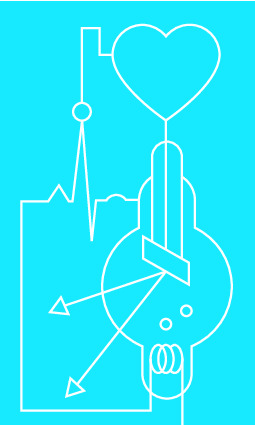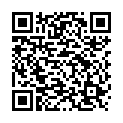|
|
|
| Module code: BMT601 |
|
|
4V (4 hours per week) |
|
4 |
| Semester: 6 |
| Mandatory course: yes |
Language of instruction:
German |
Assessment:
Written exam
[updated 18.06.2023]
|
BMT601 (P213-0006) Biomedical Engineering, Bachelor, ASPO 01.10.2011
, semester 6, mandatory course
|
60 class hours (= 45 clock hours) over a 15-week period.
The total student study time is 120 hours (equivalent to 4 ECTS credits).
There are therefore 75 hours available for class preparation and follow-up work and exam preparation.
|
Recommended prerequisites (modules):
BMT201
[updated 23.01.2010]
|
Recommended as prerequisite for:
|
Module coordinator:
Prof. Dr. Michael Möller |
Lecturer:
Prof. Dr. Michael Möller
[updated 23.01.2010]
|
Learning outcomes:
After successfully completing this module, students will be familiar with the physical basics, equipment design and function, as well as the diagnostic application of various imaging procedures in medicine.
They will be able to compare different procedures and evaluate them with regard to effort, risk and diagnostic requirements.
[updated 18.06.2023]
|
Module content:
1. Individual methods
1.1 Radiodiagnostics
1.2 Computer tomography
1.3 Diagnostic sonography
1.4 Nuclear-medical diagnostics
1.4.1 Scintigraphy
1.4.2 SPECT
1.4.3 PET
1.5. Magnetic resonance imaging
2. Comparison of various methods
3. Data processing
3.1 Image data processing and storage
3.2 Radiological information systems
[updated 18.06.2023]
|
Recommended or required reading:
Dössel, O.: Bildgebende Verfahren in der Medizin, Springer-Verlag, 2000
[updated 18.06.2023]
|


